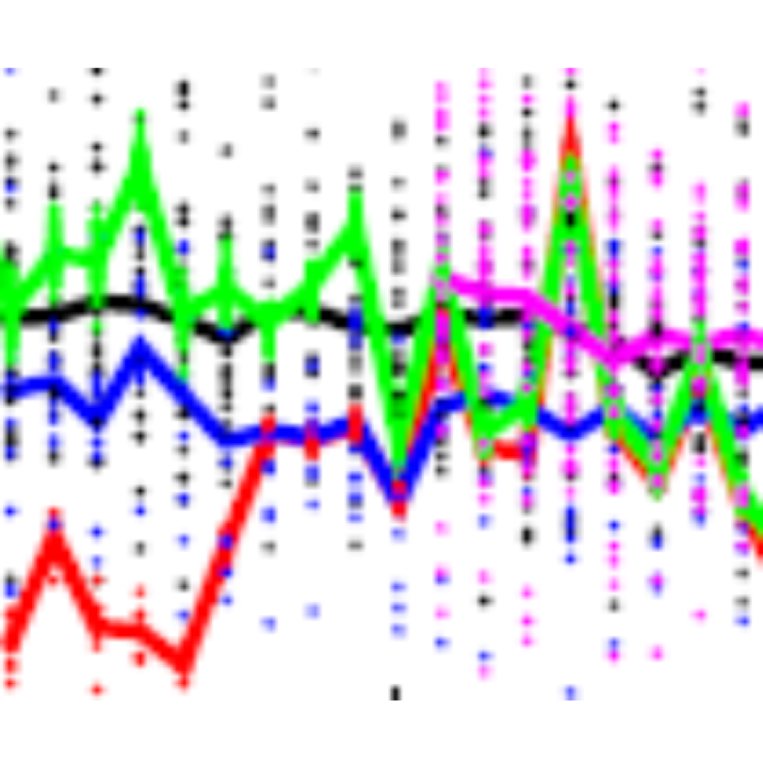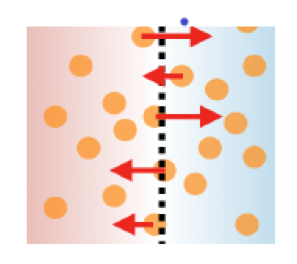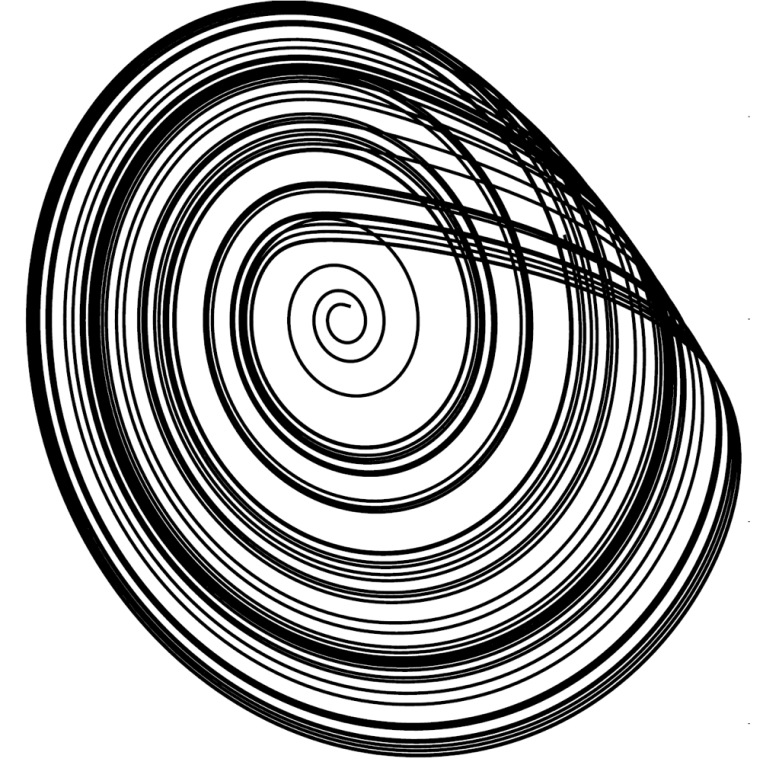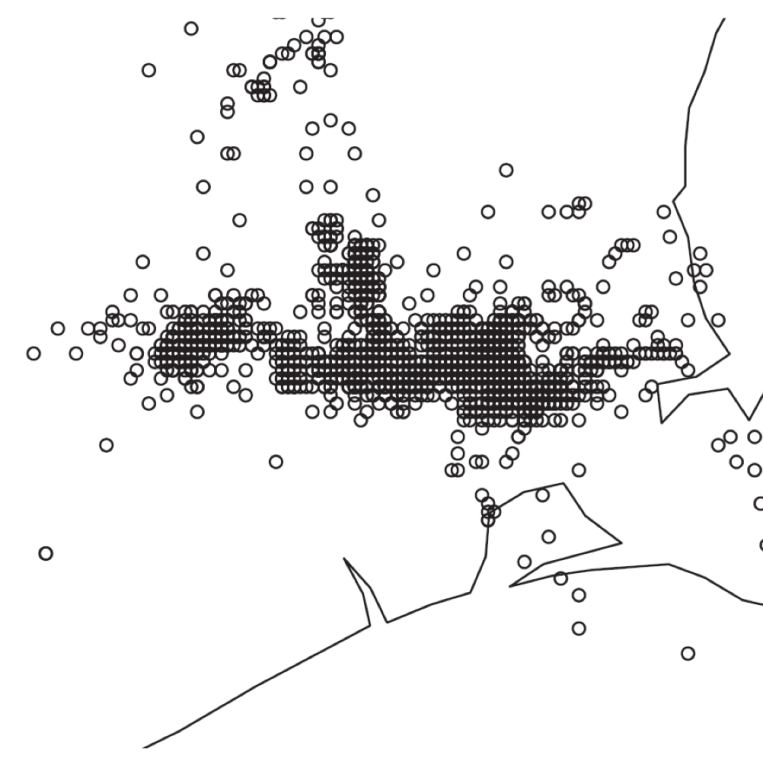Category: Paper Announcement
-
The hammam effect or how a warm ocean enhances large scale atmospheric predictability
Posted on
by
Will climate change make weather forecasting harder than it currently is? Or, could a warmer planet make prediction easier? The answer isn’t obvious. Because atmospheric dynamics are chaotic, there are practical limits to predictability, regardless of data precision and available computing power.
-
Common Trajectories for Urban Economies
Posted on
by
Large cities play a disproportionate role in global economic productivity and innovation. Their productivity advantage rests on specialization and the concentration of many diverse skills and capabilities in one place, multiplying economic opportunities and efficiencies. Even so, cities do not appear to
-
Conditioned Lyapunov exponents for random dynamical systems
Posted on
by
Lyapunov exponents play a central role in dynamical systems theory, and offer a measure of the local instability that lies behind deterministic chaos and the sensitive dependence of trajectories on initial conditions.
-
A test on methods for complete magnitude estimation based on earthquake catalogues
Posted on
by
Earthquake statistics follow an approximate scaling law – the famous Gutenberg-Richter law – which states that the number of earthquakes having magnitude m larger than some value M falls off as a power law with an exponent b. The value of b
-
Spectra of Sparse Non-Hermitian Random Matrices
Posted on
by
Random matrix theory starts from the assumption that the large-scale behaviour of a complex system should be governed by its symmetries and the statistical properties of its parameters, and be relatively insensitive to the precise details of each interacting element.
-
Transport fluctuations in integrable models out of equilibrium
Posted on
by
The physics of many-body systems out of equilibrium poses some of the most challenging questions in modern science. Particularly novel behaviour occurs in one dimension, where integrability often strongly affects the non-equilibrium physics, and numerous conservation laws constrain the natural relaxation to
-
Synchronization of Chaos
Posted on
by
The Dutch scientist Christiaan Huygens famously observed in 1665 that two pendulum-clocks situated in the same room would, over time, come to be synchronized. The explanation? The two clocks were actually interacting very weakly through movements of the floor.
-
Attractor dimension of time-averaged climate observables: insights from a low-order ocean-atmosphere model
Posted on
by
The climate system involves a complex interplay between the ocean and atmosphere. Studies of this interplay typically rely on model simulations in comparison with time series data for some feature of oceanic and/or atmospheric circulation on a regional or larger scale.
-
Modeling continuous time series with many zeros and an application to earthquakes
Posted on
by
A leading model in earthquake forecasting is the epidemic-type aftershock sequence model, which takes the times and locations of future aftershocks to depend on previous earthquakes, with more recent earthquakes exerting more influence than older events.
-
Reciprocity and success in academic careers
Posted on
by
Since the 1950s, assessments of the quality and effectiveness of scientific research have increasingly rested on quantitative measures based on publication citations.










